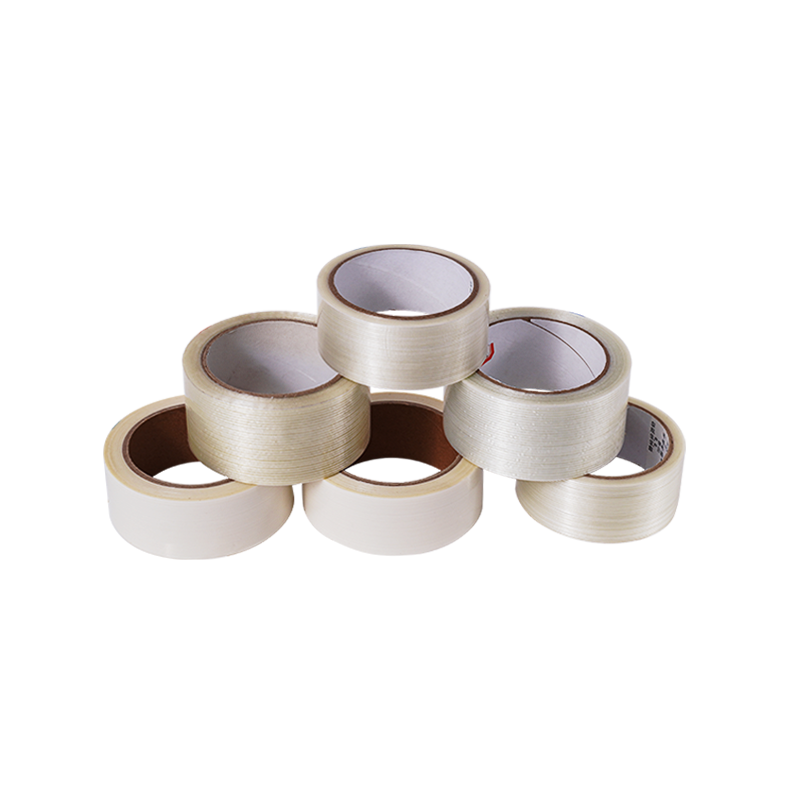Fiberglass is a remarkable material with applications that are far more extensive than one might imagine. When it is integrated into a tape in a high-strength, unidirectional arrangement, its performance is elevated exponentially. The core of this special tape lies in its structure, where thousands of extremely fine fiberglass filaments are woven or arranged in parallel to form a strong fiber bundle, supplemented by a high-adhesion resin matrix. This unidirectional structure is the key to its exceptional tensile strength, allowing it to distribute stress evenly across every single fiber when under tension, thereby achieving an astonishing reinforcing effect. Not only is it lightweight and flexible, but it also possesses excellent resistance to corrosion, high temperatures, and electrical insulation properties, enabling it to excel in harsh environments where many traditional materials would fail. From large-scale industrial projects to everyday home repairs, this tape has become a reliable, all-purpose reinforcement solution due to its unique performance.

The applications of this fiberglass reinforcing tape are diverse, and its potential is continuously being explored by various industries. In the field of construction and civil engineering, it is often used for repairing and reinforcing cracks in bridges, tunnels, or concrete structures, effectively extending the lifespan of buildings and ensuring structural safety. In marine and naval engineering, due to its outstanding water and corrosion resistance, it is an ideal choice for patching hull scratches and reinforcing vessel components. It can maintain its strong adhesion and structural integrity even with long-term exposure to wet or high-salinity environments. In the aerospace and automotive industries, which prioritize lightweight and high performance, this tape is used to manufacture or reinforce non-load-bearing components, significantly reducing overall weight while maintaining strength. Furthermore, it plays a vital role in the manufacturing and repair of sports equipment, such as skis and surfboards, and can even be used to fix broken furniture, helping us achieve more effective repairs and maintenance in our daily lives.
To fully utilize the effectiveness of fiberglass repair tape, correct usage is crucial. First, you must ensure that the surface to be repaired is clean, dry, and free of any grease. Any dust, oil, or moisture can compromise the tape's adhesion, leading to a failed repair. When applying the tape, apply even pressure along the fiber direction to avoid creating air bubbles and wrinkles, ensuring that the fibers are in close contact to fully exert their unidirectional tensile strength. In some applications that require multiple layers of reinforcement, each subsequent layer of tape should be applied before the previous one has fully cured to achieve better inter-layer fusion. After the tape is applied, it needs sufficient time to cure, depending on the type of resin used. This can be done through room-temperature curing or heat curing. After curing, the tape surface can be sanded, painted, or undergo other post-treatments for aesthetic and protective purposes. It is recommended to wear gloves and safety goggles throughout the process to ensure personal safety.
With technological advancements, composite material reinforcing tape is entering a new phase of development. Researchers are exploring the combination of fiberglass with different types of polymer matrices to create new composite materials with specific properties, such as breakthroughs in chemical corrosion and UV resistance. In addition, co-weaving fiberglass with other high-performance fibers like carbon fiber or aramid can create complementary material properties, for example, combining the cost-effectiveness of fiberglass with the ultra-high strength of carbon fiber. In the future, we may see intelligent fiber tapes that can self-repair, sense their environment, or even store energy. These next-generation materials will fundamentally change our understanding of reinforcement and repair. With a growing awareness of environmental protection, developing recyclable or biodegradable fiberglass-based composite materials has also become an important research direction. This will ensure that as we pursue technological progress, we can also consider the long-term goal of sustainable development.